Virtual reality is no more science fiction. With the use of technologies like VR and AR we have successfully traveled into the virtual world, making it as much real to us as our own. VR and AR were initially much popular in the gaming field but its benefits could not be overlooked. Gradually it was realized that these technologies could be effectively used in professional training. It has been some time since that realization struck and today immersive learning methods, which includes AR, VR and MR, are widely used in learning and training in fields like medicine, pilot training, fire safety, welding, heavy machinery training, etc.
If immersive learning is an effective means of learning why can it not be used as a supportive means in higher education teaching? This is a question worth considering. After all, immersive learning does lie on the borderline of gaming, a much-loved activity by the tech-savvy generation of teenagers.
Benefits of immersive learning in school education
Is immersive learning suitable for school children? Let us touch upon some of its benefits in relation to higher education.
Experience-based learning: We do not need any theory to prove that learning through experience is the most effective way to understand and learn a concept, be it any subject. Field trips aim to fulfill this need and so do lab experiments. However, how do you take students on a field trip to an ancient civilization? Not possible. Right? Well, this is where immersive technology steps in. Take students on a virtual tour of these civilizations. This is how the learners get to see the lifestyle, the art and culture of those times, the architecture, the craftmanship, and other details of ancient times, or for that matter, any other period in history or location on the planet.
Descriptive: ‘Describe the climatic conditions of the tundra region.’ Each learner has to memorize the answer to this question because not every learner would have visited the tundra region. And the same applies to any other region of the world. A better way to help explain would be to demonstrate. Using immersive technologies like VR a learner can be taken to a tundra region (or any other region) and made to experience the conditions there. Once experienced, describing is going to be an easy task for the learner. With this form of learning answering question like ‘Describe the various types of clouds,’ ‘Describe a fossil formation process,’ ‘Describe the difference between land breeze and sea breeze,’ will be a simple job for every student.
Experimental: Lab experiments are conducted under strict supervision and only those experiments can be performed which are safe for students. What should not be done is taught in class and students are advised not to try them. How about letting the students try out these ‘dangerous’ experiments and letting them see the results for themselves? Would it not register better in their memory? Yes, immersive learning can help achieve this. For example, adding fluorine to hydrogen can cause an explosion. A student can perform this experiment in a VR set up and experience the result. Witnessing the potential result would not only teach a lesson but will also be a fun activity to perform.
Self-explanatory: ‘What is a mirage and how is it formed?’ As the text book would teach, mirages are formed in very hot conditions and are optical illusions. Teaching this concept with the help of real-life demonstration is sure to drive home the point but it would not be an easy and viable idea to take student out into such hot conditions. It would be better to employ the services of virtual reality and let the students explore the process and result for themselves. Immersive learning methods will not only help display and demonstrate the formation of a mirage but ensure knowledge retention as well.
Risk-free: Mishaps in science labs are possible when students are learning it to use the Bunsen burner for the first time or while handling chemicals or trying their hands at dissection. Before they get to the actual apparatuses or the chemical reactions it would be a safe idea to let them practice virtually using immersive learning methods. Once comfortable and confident they can graduate to the actual labs and work in real time.
Improved knowledge retention: ‘A picture speaks a thousand words,’ so goes the saying. So how many words would an immersive learning session speak? Be it AR, VR or MR, they will all provide information and experience which will register deep in the minds of students. Being a part and parcel of an environment and while learning from experience they will be sure to retain a lot more knowledge and information than merely reading from a book. When knowledge retention is better there will also be a marked improvement in the reproduction of information, which is critical for exam purposes.
Which would be more effective in understanding and memorizing – reading about the human heart or watching a realistic 3D demonstration?
The advantages of using immersive learning in higher education are many. When duly integrated into the curriculum they can prove to be an effective and knowledge enhancing means of teaching and learning – both in school and at home.
School scenario: In a school scenario, a teacher imparts lessons with reference to a book. When these lessons are supported with immersive learning methods like AR, VR and MR the lessons will become easier to understand. While the book can help read and study a concept or idea, the immersive experience will provide a better understanding.
Home schooling: Many parents, due to multiple reasons, are opting for home schooling now-a-days. In such a setup immersive learning can prove to be an excellent means of learning. With a little bit of help from books, the visiting tutor and a good database of immersive learning content at the parents’ disposal students will be able to explore a wide range of learning experiences.
The world order is changing and technology has a critical role to play in the emerging scenarios. What was once considered to be impossible is now becoming the order of the day. Embracing the change and adapting to new methods is the best way to move forward. Immersive technologies have been accepted as effective means of learning so why not let high school students also experience the benefits and help them learn and understand better.
Contact Us to create engaging and immersive online learning content or to know more about our immersive architecture.





